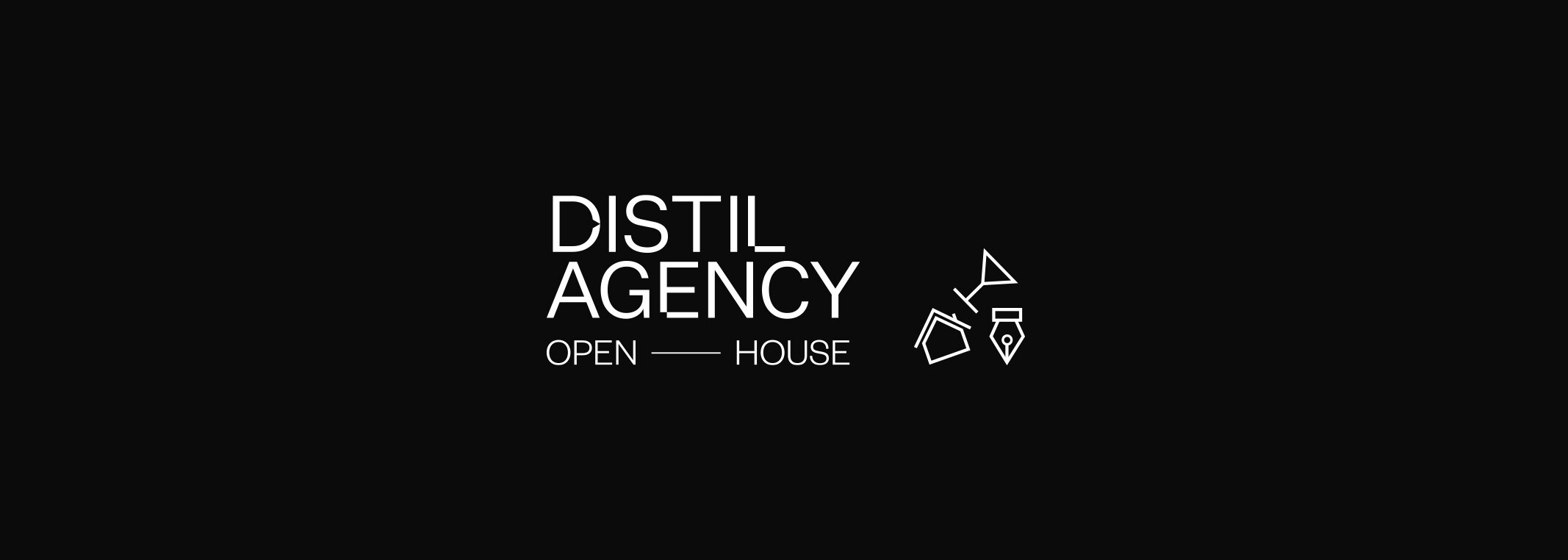SEO trends have always been the talk of the town in the internet world. And with new algorithms being introduced daily, marketers are always in a frenzy regarding their content’s ability to rank high in search engines.
Well, today we point out another element of your website that may or may not have an impact on your website SEO. And that is the use of stock images.
What Are Stock Photos?
Stock photos are a collection of images that is readily available in multiple categories. The interested user can easily buy the required stock photo and use it for their commercial and personal projects.
Typically, stock photos are a marketer’s best friend as they minimise the cost and effort that goes in a custom photography shoot. They are also very convenient to access as you can download the picture within seconds of purchase. Moreover, most stock photographs boast high-quality and are available in every niche imaginable!
But despite the advantages, stock images hold a negative reputation in the online world. This is because their ease of accessibility can sometimes result in the same picture showing up on a competitor’s website. Often, they also lack the authenticity that is required to show the true side of your brand. Moreover, stock images are backed by a license and unknowingly the user can violate the terms of that license and land into legal trouble.
Then of course there is the question of stock images impact on the website’s ranking in search engines.
What Does Google Say About Stock Photos?
When Google is asked regarding written content and SEO, it gives a standard reply that non-original material on a website can affect it’s ranking.
However, does the same theory apply to stock photographs?
A Twitteratti asked the same question to Google’s John Mueller to which the latter replied that “it doesn’t matter to web search directly.”
While this may seem like an indirect answer, it clearly means that SEO and stock photographs are not interlinked. In fact, if we look closely, some of the top ranking websites include stock images in their layout. And if Google starts classifying those, we will probably not see many businesses websites in our search results.
However, Mueller’s answer continues "For image search, if it's the same image as used in many places, it'll be harder. (There's also the potential impact on users, after search happens, e.g: does it affect conversions if your team photo is obvious stock photography?)"
This means that while there is no harm in using a stock photograph, the key is to use them strategically. Regardless of the image you use, in the end it should influence the visitor to stay on your website and convert into loyal customers.
How To Optimise Stock Photographs for Better Visibility?
Your website plays a pivotal role in increasing your conversion rates and using a bad or wrong photograph can create hindrance in the cause. Properly placed and implemented pictures can help readers better understand your website content. Moreover, poorly optimised images can impact load speed of the website, forcing users to leave the website and enhancing your bounce rate.
Fortunately, you can resolve the issue and make your page more readable by Google with the following tips:
Use Relevant Images
Did you know that visitors spend approximately 5.94 seconds looking at the main image on a website? This means that the featured image of your webpage should reflect the brand message effectively.
However, some marketers make the mistake of using a stock photograph metaphorically and fail to garner the attention of their audience.
The best fix for this is to choose images wisely. Instead of going for the first picture you find, search thoroughly for the picture that effortlessly resonates with your brand. You can also use the search filters to scour through the images and find the one that perfectly represents your website content.
Make Creative Edits
Stock photographs can often look overused and generic. However, stock agencies do not prevent you from making edits to their photos and make them your own.
In fact, most stock photography sites allow users to edit, crop, modify, and adapt their assets in any way they want. Just make sure to check the licensing details carefully and then add overlays, filters, and even make tonal edits to the selected photographs.
Compress the Image
According to HubSpot, 39% of visitors will abandon a website if the pictures take too long or fail to load.
As we all know, images have the ability to significantly slow down the load time of webpages. This does not only impact the user experience, but also causes them to leave your website - influencing the SEO.
To ensure that this does not happen to your website, make sure to compress images using a plugin. You can also scale the image size to increase the load time.
Implement Image SEO Practices
Search crawlers are unable to see the images. Instead, they read and understand the words that are part of the specific image. This is why you should make sure to add ‘Alt Tags’ to each picture on your website for the search crawlers to decipher.
Apart from helping with SEO, the Alt Tags also assist the readers by telling them about the image. Since many internet users turn off their image displays, use screen readers due to visual disablement, or have browsers that are unable to load images because of poor internet connection - having a descriptive Alt Tag can fill in the gap caused by lack of photo.
Use Keywords
It has been long established that keywords are important as they are terms that people use when searching for a specific product or service. Well, they are equally important to make your images visible on the search engines.
When adding pictures to your website, make sure to add descriptive file names that have keywords included. For the best SEO practice, use the same keyword for your image file name and Alt Tag. And of course, the keyword should resonate with the content of your website and not be generic like ‘File name:6439.’
The Bottom Line
So, at the end, we can safely say that stock photographs are not a bad thing. In fact, when used within the right context, placed appropriately, and geared toward improving your website conversion rate, they can work in your favour - just like original photos.
Thank you to Amos Struck from Stock Photo Secrets for this guest blog!





